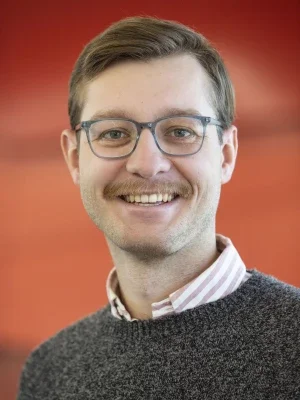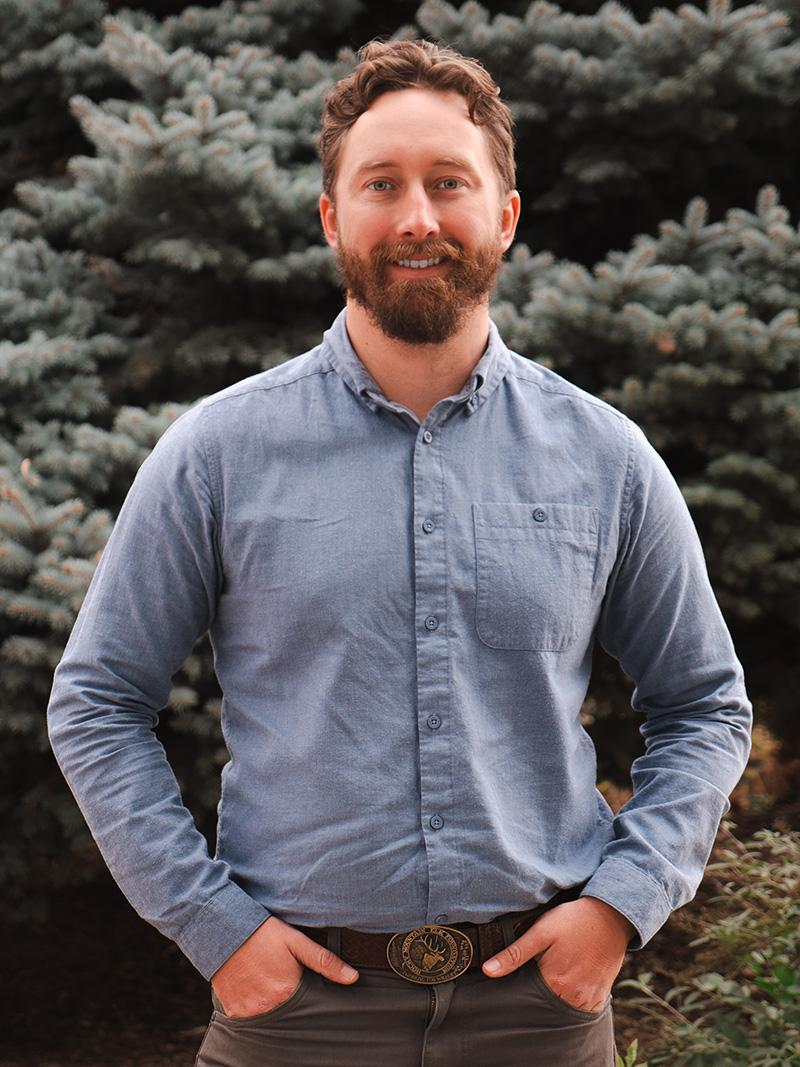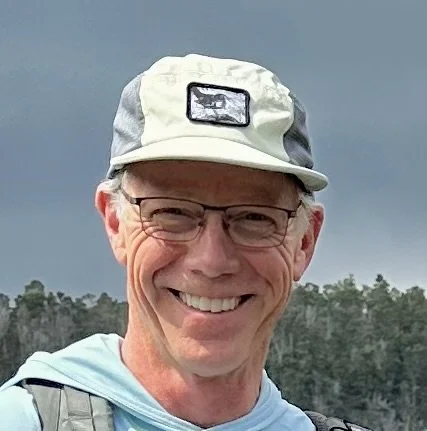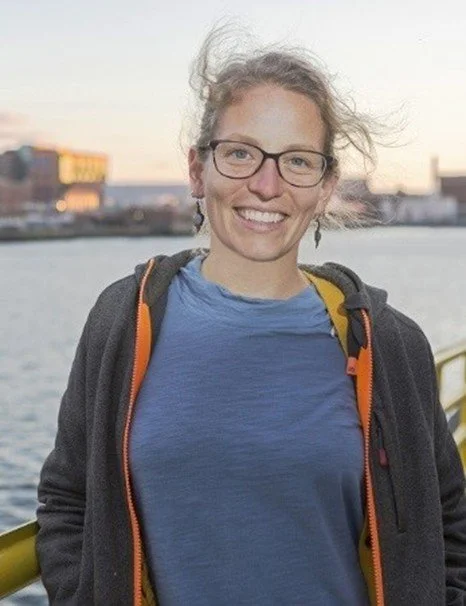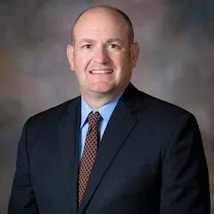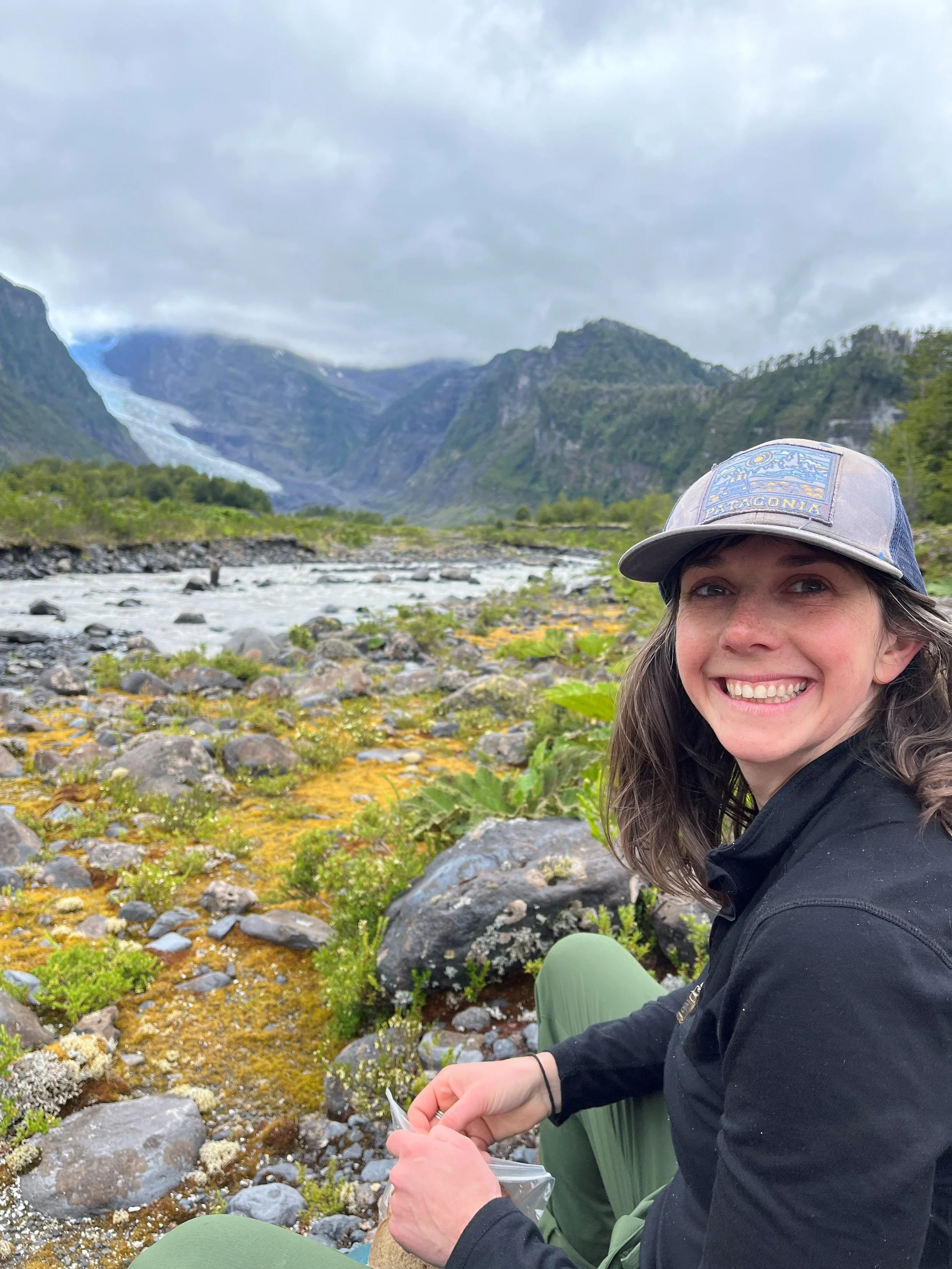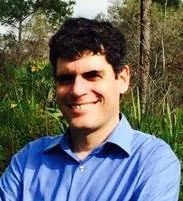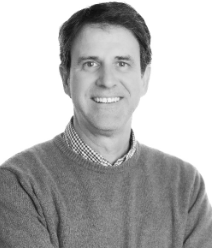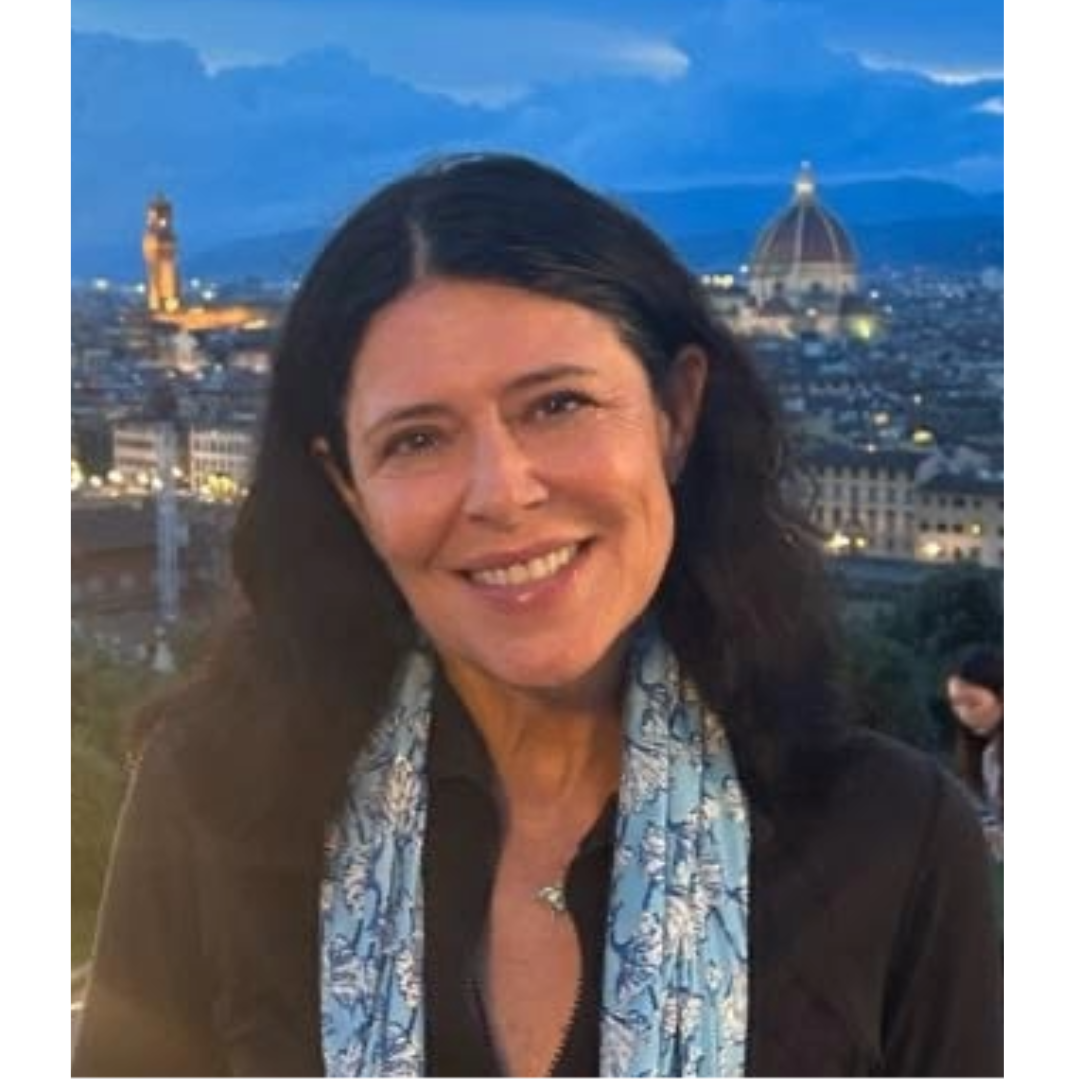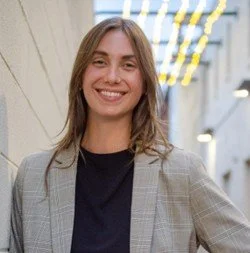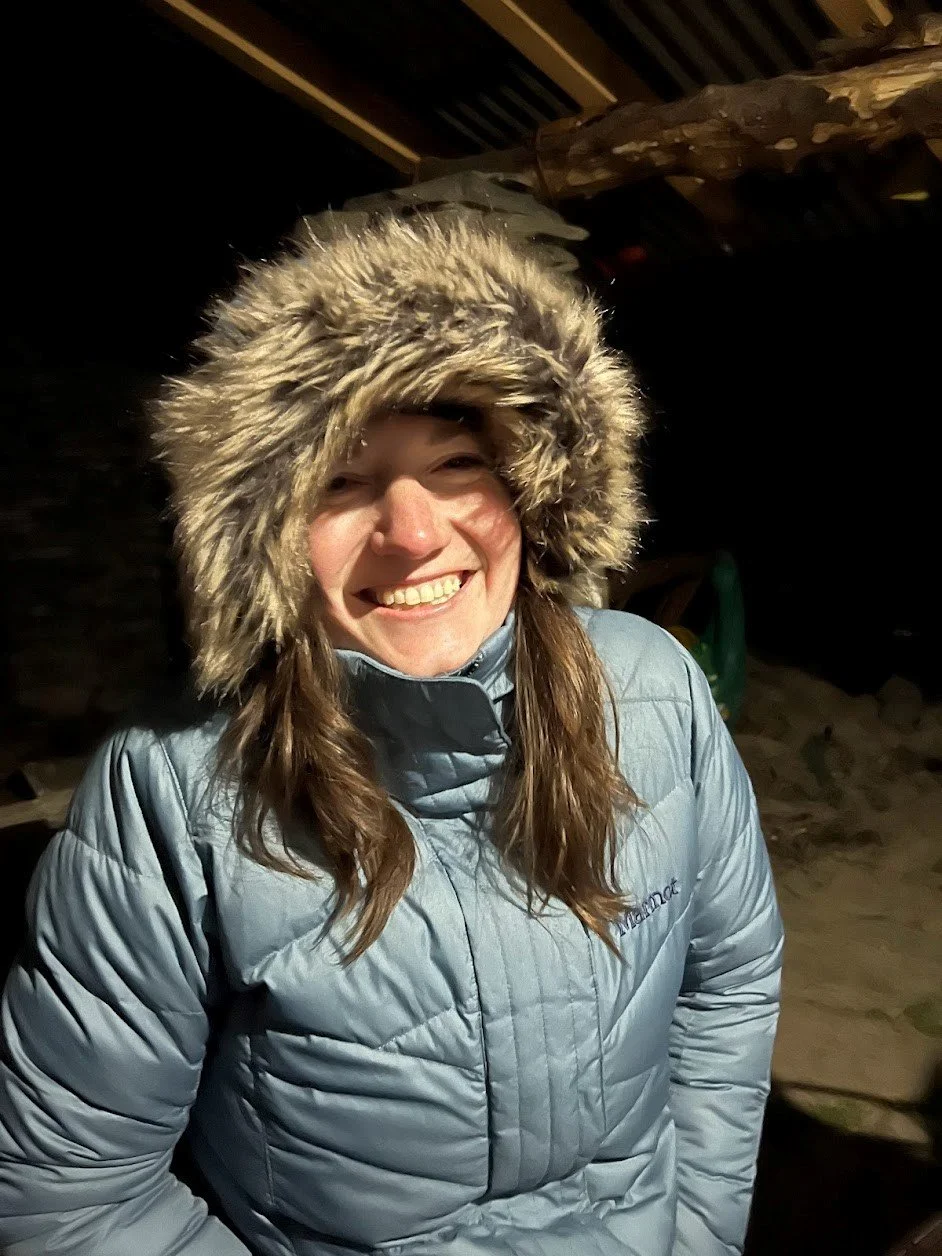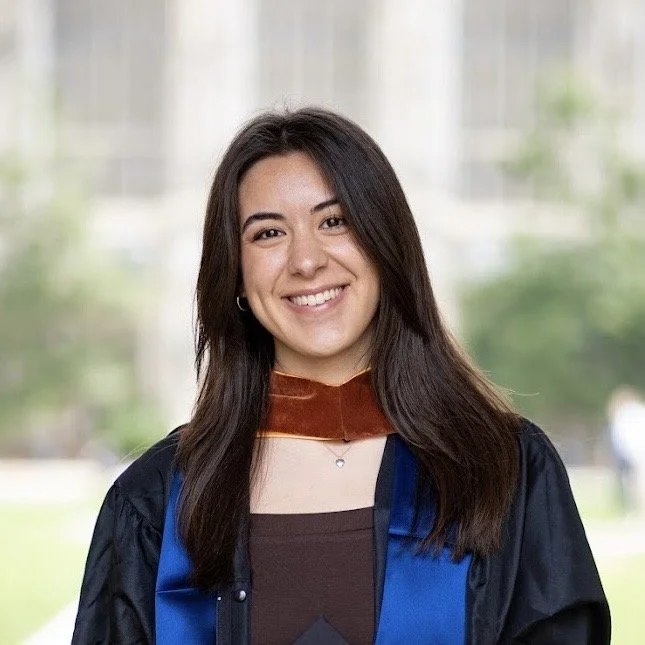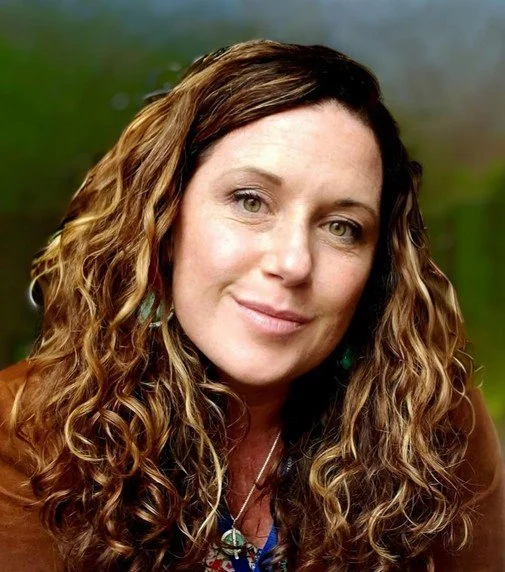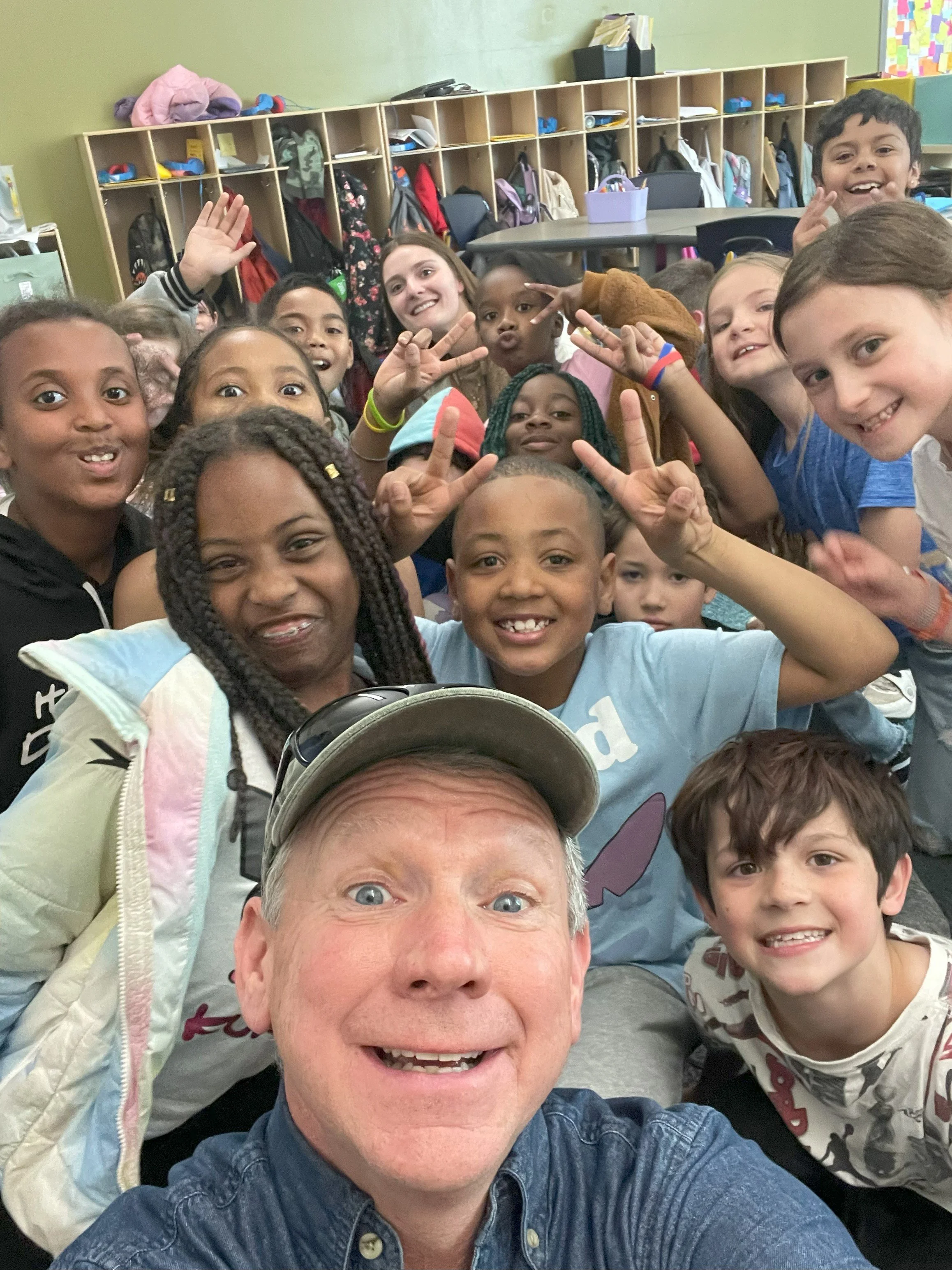Tuesday, October 7th
〰️
Tuesday, October 7th 〰️
-
Dr. Ellen Wohl, Colorado State University, Professor of Geosciences
&
Dr. Derek Booth, University of California Santa Barbara,
Bren School of Environmental Science & Management, Adjunct Professor
with practitioner observations from
Colin Barry, Geomorphologist at Ayres Associates
Moderator: Julie Ash, Parametrix
Read their bios.
-
Panelists:
Daniel Denipah, Santa Clara Pueblo
Anthony Culpepper, Mountain Studies Institute
Andreas Wion, Forest Stewards Guild
Kristen Pelz, Forest Inventory Analysis, USDA and Rocky Mountain Research Station
Moderator: Esmé Cadiente, Forest Stewards Guild
Read their bios.
-
Wednesday, October 8th
〰️
Wednesday, October 8th 〰️
Gondola B
-
Moderator:
—————————————————-
Rethinking Agricultural Efficiency – Return Flow Benefits to River Health
Facilitated by: Melissa Wills
Panelists: Liz Chandler, Jesse Kruthaupt, & Kenneth Leib
————————————————
The Urban-Rural Connection: Innovative Water Strategies to Avoid Buy-and-Dry
Dillon O’Hare
Read Abstract & Speaker Bio
-
Read Abstracts and Speaker Bios
———————————————————
Unraveling the mystique and folly of stability as a restoration goal
Peter Skidmore
—————————————————-
The Social & Ecological Considerations for Beaver Coexistence & Relocation Projects Along the Front Range
Preston Brown
—————————————————-
Water and Sediment Dynamics in Beavered and Un-beavered Stream Corridors
Joel Sholtes
-
Moderator: Andra Harbin Monahan
Read Abstracts and Speaker Bios
———————————————————
Planning together: A strategic watershed prioritization tool for Colorado watersheds and communities
Brian Murphy
—————————————————
Integrating risk and resilience in floodplain restoration
Jennifer Shanahan, Sara Burns & Jason Humble
—————————————————
Fish Creek a Story of Patience, Persistence, and Partnership
Wilynn Formeiller & Karin Emanuelson
-
Moderator:
——————————————————
A community-driven, state-of-the-art tool to evaluate water management decisions under a changing climate
Adrian Bergere, Ann Maest, & Steve Blake
—————————————————-
How much room does an urban stream need?
Brian Murphy
—————————————————-
Alluvial Fan Hazards: Current understanding with an eye to practice
Thad Wasklewicz
Riverside Salon III
-
Moderator: Curtis Hartenstine
———————————————
Reg. 87 - Colorado Dredge and Fill Program Implementation (HB24-1379)
Kelly Morgan, Annette Quill, Tessa Adkins
Read Abstract and Speaker Bio
—————————————————-
Measuring Impact of Source Water Quality Protection Amidst a Changing Climate
Maggie Spangler
Read Abstract and Speaker Bio
-
Moderator: Curtis Hartenstine
———————————————
Unraveling the mystique and folly of stability as a restoration goal
Peter Skidmore
Read Abstract and Speaker Bio
—————————————————-
The Social & Ecological Considerations for Beaver Coexistence & Relocation Projects Along the Front Range
Preston Brown
Read Abstract and Speaker Bio
—————————————————-
Water and Sediment Dynamics in Beavered and Un-beavered Stream Corridors
Joel Sholtes
Read Abstract and Speaker Bio
-
Moderator: Curtis Hartenstine
———————————————
Unraveling the mystique and folly of stability as a restoration goal
Peter Skidmore
Read Abstract and Speaker Bio
—————————————————-
The Social & Ecological Considerations for Beaver Coexistence & Relocation Projects Along the Front Range
Preston Brown
Read Abstract and Speaker Bio
—————————————————-
Water and Sediment Dynamics in Beavered and Un-beavered Stream Corridors
Joel Sholtes
Read Abstract and Speaker Bio
-
Moderator: Curtis Hartenstine
———————————————
Unraveling the mystique and folly of stability as a restoration goal
Peter Skidmore
Read Abstract and Speaker Bio
—————————————————-
The Social & Ecological Considerations for Beaver Coexistence & Relocation Projects Along the Front Range
Preston Brown
Read Abstract and Speaker Bio
—————————————————-
Water and Sediment Dynamics in Beavered and Un-beavered Stream Corridors
Joel Sholtes
Read Abstract and Speaker Bio
Riverside Salon IV
-
Moderator:
Read abstracts and speaker bios.
———————————————
Financing the Future: The Forest & Water Renewal Fund
Facilitated by: Esther Duke
Panelists: Ana Olaya, Tim Pinnow, & Garrett Hanks
Read Abstract and Speaker Bio
—————————————————-
How to create secure funding for the Eagle River : Lessons in Leveraging Opportunities
Melanie Smith
Read Abstract and Speaker Bio
-
Moderator: Donny Roush
Read abstract and speaker bios.
———————————————
Water Education Exemplars
Donny Roush, Ivonne Morales, Bekky Harkins
(Note: Second half of session will take place outdoors, in and near the river, dress appropriately)
-
Moderator: Curtis Hartenstine
———————————————
Unraveling the mystique and folly of stability as a restoration goal
Peter Skidmore
Read Abstract and Speaker Bio
—————————————————-
The Social & Ecological Considerations for Beaver Coexistence & Relocation Projects Along the Front Range
Preston Brown
Read Abstract and Speaker Bio
—————————————————-
Water and Sediment Dynamics in Beavered and Un-beavered Stream Corridors
Joel Sholtes
Read Abstract and Speaker Bio
-
Moderator: Curtis Hartenstine
———————————————
Unraveling the mystique and folly of stability as a restoration goal
Peter Skidmore
Read Abstract and Speaker Bio
—————————————————-
The Social & Ecological Considerations for Beaver Coexistence & Relocation Projects Along the Front Range
Preston Brown
Read Abstract and Speaker Bio
—————————————————-
Water and Sediment Dynamics in Beavered and Un-beavered Stream Corridors
Joel Sholtes
Read Abstract and Speaker Bio
